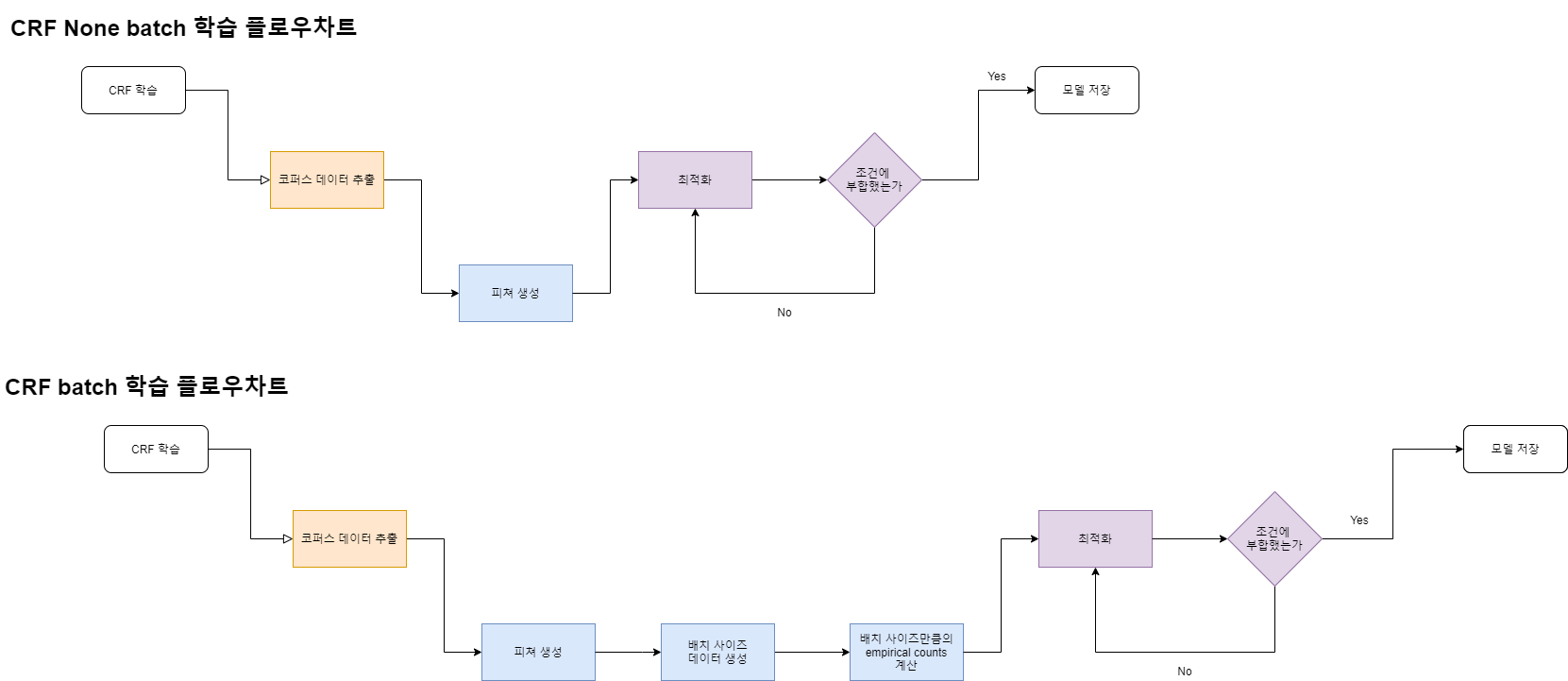Graph B1967
개요
백준 문제 1967번을 풀면서 어려웠던 점과 코드를 정리한다.
소요 시간 : 약 2시간
https://www.acmicpc.net/problem/1967
문제
트리(tree)는 사이클이 없는 무방향 그래프이다. 트리에서는 어떤 두 노드를 선택해도 둘 사이에 경로가 항상 하나만 존재하게 된다. 트리에서 어떤 두 노드를 선택해서 양쪽으로 쫙 당길 때, 가장 길게 늘어나는 경우가 있을 것이다. 이럴 때 트리의 모든 노드들은 이 두 노드를 지름의 끝 점으로 하는 원 안에 들어가게 된다.
이런 두 노드 사이의 경로의 길이를 트리의 지름이라고 한다. 정확히 정의하자면 트리에 존재하는 모든 경로들 중에서 가장 긴 것의 길이를 말한다.
입력으로 루트가 있는 트리를 가중치가 있는 간선들로 줄 때, 트리의 지름을 구해서 출력하는 프로그램을 작성하시오. 아래와 같은 트리가 주어진다면 트리의 지름은 45가 된다.
트리의 노드는 1부터 n까지 번호가 매겨져 있다.
계획한 풀이법
이전에 푼 문제와 사실상 똑같은 문제였다.
비교대상은 무엇이든 상관없으니 1로 시작하도록 하고 가장 가중치가 큰 정점을 찾아
그 정점을 DFS하면 최대 길이가 나오게 된다.
코드
1 | #include <iostream> |
느낀 점
- 2시간 넘겨서 참고한 풀이가 바로 생각났는데 이래서는 내가 푼게 아닌 것 같은 기분이 들었다.
하지만 여러가지 시도를 해보니 이 방법이 맞구나 체감이 되어서 곧 바로 풀었다.
또 고집이 문제 풀이 시간을 눌렸다. - 스스로가 생각한 풀이방법으로 풀린다면 얼마나 좋을까?
하지만 그렇지 않은 경우가 앞으로 엄청나게 많을 것이다.
그렇다고 기죽을 필요는 없는 것 같다.
당연히 내가 잘하는 사람이 되기 전까지는 그 사람들의 뒷모습을 보는 것이 당연한 것이다.
불만있으면 내가 잘하는 사람이 될때까지 더 열심히 해야 한다 - 지금은 결과주의자가 되자 문제를 빠르게 맞추는 것에만 집중하자
아직은 직관을 배워야 할 것 같다.






